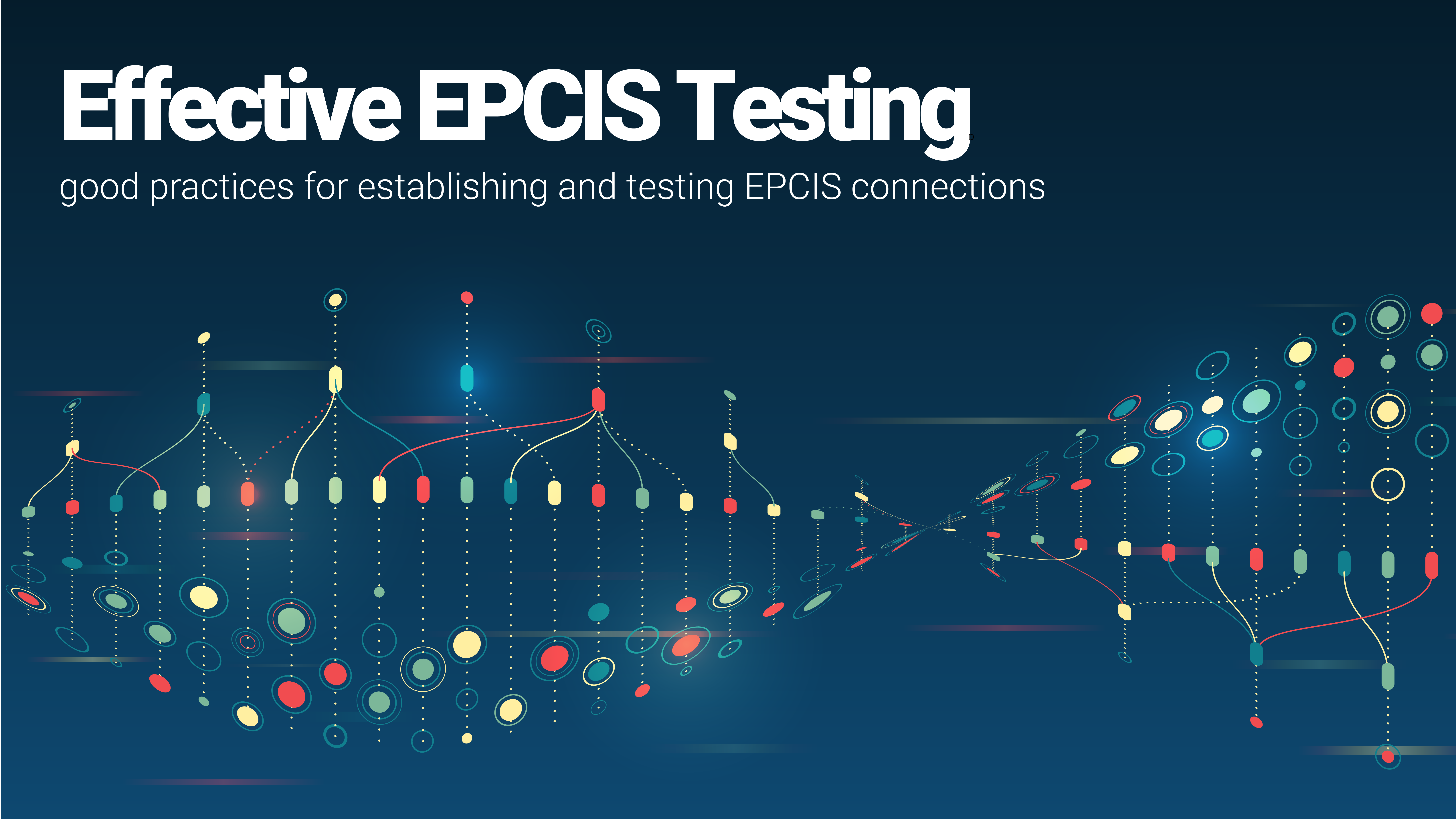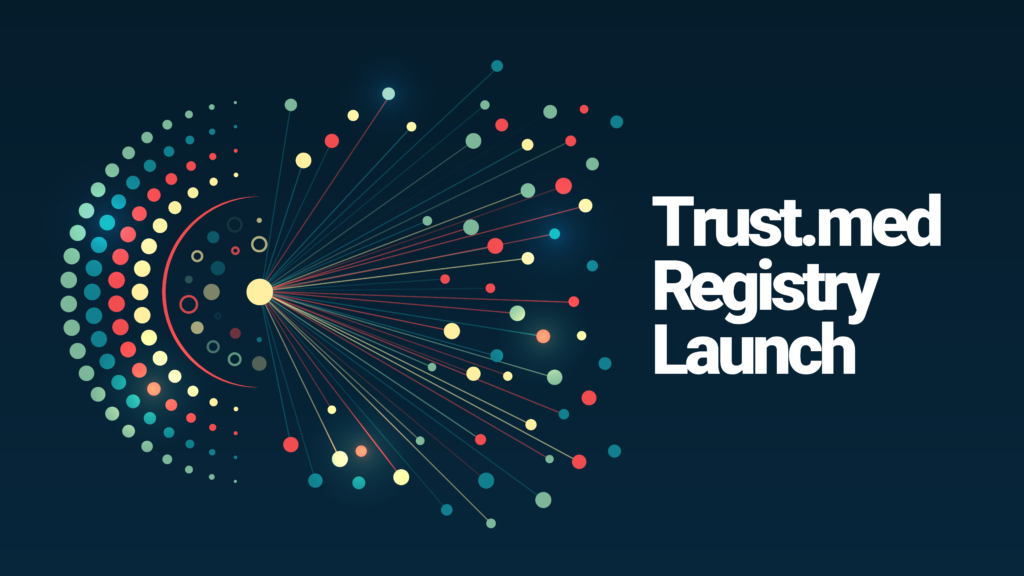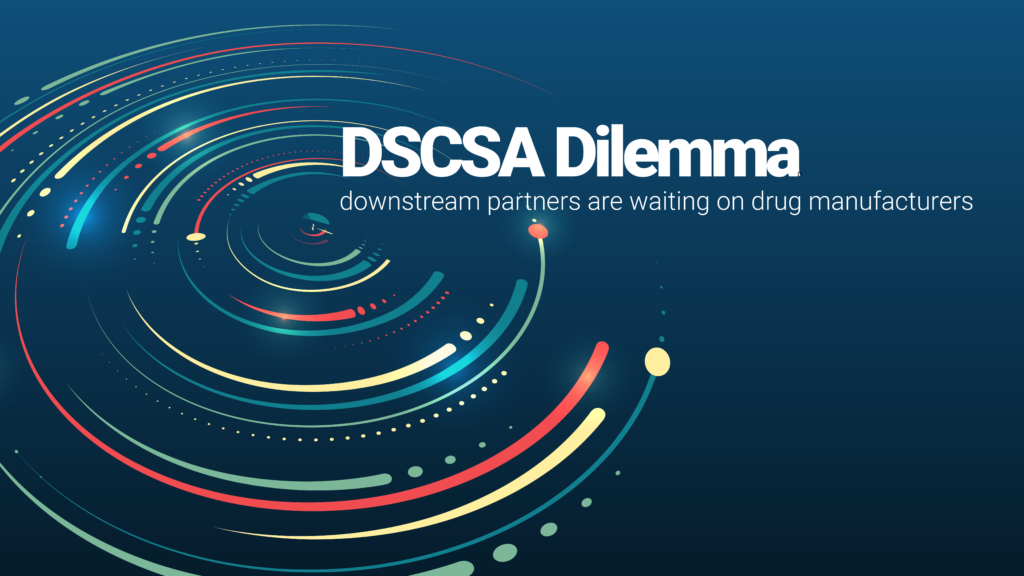Data & Connections
Effective EPCIS Testing
Effective EPCIS Testing
Good practices for establishing and testing EPCIS connections.
April 11th, 2024
 John Winkler | Chief Product Officer
John Winkler | Chief Product Officer
The Electronic Product Code Information Services (EPCIS) framework plays a crucial role in enabling seamless and secure information sharing across various stakeholders in the supply chain. To ensure the robustness, reliability, and timely deployment of this system, a comprehensive testing strategy is essential. I've outlined our structured approach to testing both the ingestion of EPCIS data from manufacturers or suppliers (inbound) and the dissemination of this information to downstream partners (outbound).
Our testing protocol covers three primary methods for data ingestion—AS2, SFTP, and Partner API—and four main avenues for sending EPCIS information to downstream partners, ensuring technical compatibility and operational integrity at every step. Through meticulous setup, rigorous validation, and close coordination with all parties involved, this testing outline aims to streamline the implementation process, mitigate potential issues, and enhance overall data collaboration within partnered supply chains.
Outbound Testing Procedures
AS2 Outbound
For AS2 Outbound processes, begin by exchanging server details and certificates for mutual TLS (mTLS) authentication with downstream partners or their third-party service providers. Next, validate the schema and queue it for outbound transmission. Finally, ensure to verify the successful transmission and receipt of the file with the downstream partner.
Trust.med Portal User Connection ⚡Fast Deployment
Start by setting up a repository within the portal for users who do not have a system or third-party service provider. Then, ensure proper file distribution and accessibility within the TEST environment of the portal. Lastly, validate or provide structured identifiers, such as Med IDs, for portal users.
SFTP Outbound
Begin by obtaining the SFTP directory and credentials from the downstream provider. Follow this by manually verifying the connection to ensure its reliability and security. Next, queue ingested files for outbound transmission via SFTP. Finally, confirm with the partner that the file has been validated and successfully consumed.
Partner API Outbound
Exchange mutual TLS (mTLS) or basic authentication details with downstream partners to establish a secure connection. Then, queue ingested files for outbound transmission via the API. Lastly, ensure to confirm that the file has been validated and successfully consumed by the partner.
Inbound Testing Procedures
AS2 Inbound
Exchange server details and certificates for mutual TLS (mTLS) authentication with the manufacturer or their third-party service provider. Then, configure an inbound integration on the DEMO platform, ensuring it matches the AS2 Partner's name. Proceed by testing the connection, having the partner send a test file to the demo/test AS2 server. Upon receipt, validate the file for proper XML formatting and content. Finally, check the file's accessibility and processing status within the storage platform and Collaboration Hub.
SFTP Inbound
Start by setting up a testing SFTP user and directory for the manufacturer on the SFTP server. Next, share the SFTP connection details with the partner to facilitate testing. Establish the connection on the DEMO platform, ensuring it matches the SFTP Partner's account settings. Finally, instruct the partner to upload a test file to their designated SFTP directory to undergo validation and processing checks.
Partner API Inbound
Provide the partner with the necessary API documentation along with mutual TLS (mTLS) certificate information. Proceed to obtain the manufacturer's mTLS certificates to establish a secure API connection. Then, configure the inbound API integration to enable data transmission. Finally, validate and process the test file sent by the partner via API to ensure proper integration and functionality.
General Requirements
It's essential to engage in technical conversations with downstream partners and, if applicable, a third-party service provider to thoroughly test connections. It's also crucial to ensure that proper configuration and validation procedures are established for each method of data ingestion and transmission. Additionally, maintaining a backup system, such as the portal repository, is necessary to guarantee data accessibility in the event of issues with downstream service providers or systems.





